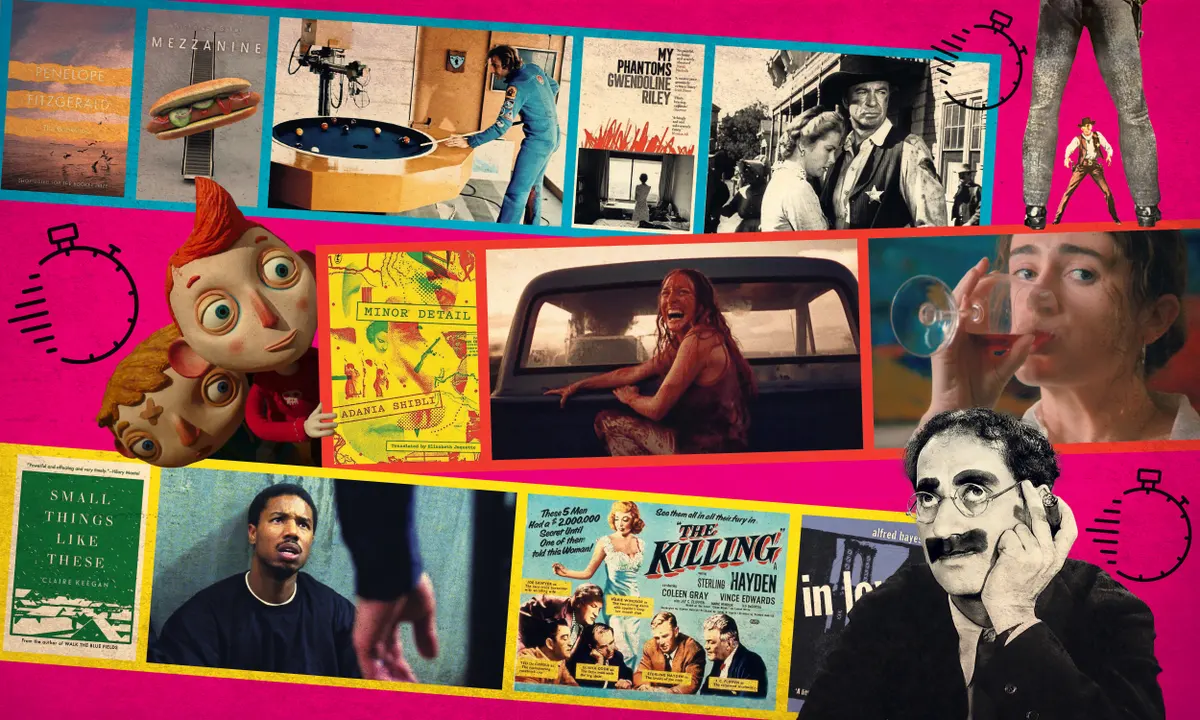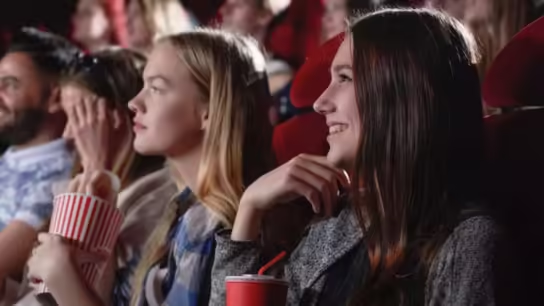In the world of cinema, where epic sagas and sprawling narratives often dominate, there exists a special charm in movies that clock in at 90 minutes or less. These films, often termed as “short features” or “quick watches,” pack a punch with their brevity, offering a unique viewing experience that contrasts sharply with the lengthy blockbusters of today.
Embracing Conciseness
Shorter films are a testament to the art of concise storytelling. Directors and screenwriters face the challenge of delivering a compelling narrative arc, developing characters, and evoking emotions within a limited timeframe. This constraint can lead to innovative storytelling techniques, where every scene and line of dialogue carries weight and significance.
The Appeal to Audiences
For audiences, the appeal of shorter films lies in their accessibility and efficiency. In a fast-paced world, where time is a precious commodity, a 90-minute film fits neatly into a lunch break or a cozy evening at home. It allows viewers to enjoy a complete cinematic experience without committing to a marathon viewing session.
Diverse Genres and Styles
Shorter films span a wide range of genres and styles, from tightly wound thrillers and heartwarming comedies to thought-provoking dramas and experimental pieces. Directors often use the limited runtime to experiment with unconventional narratives or explore niche themes that might not sustain a longer film.
Cult Classics and Hidden Gems
Some of cinema’s most beloved gems fall into the category of movies 90 minutes or less. These films often gain cult followings for their distinctiveness and memorability. They become cherished for their ability to deliver powerful storytelling in a compact form, leaving a lasting impression on viewers.
Impact on Filmmaking
The trend towards shorter films also influences filmmaking practices. Independent filmmakers, in particular, find shorter runtimes more feasible within limited budgets and resources. Platforms like streaming services and film festivals embrace shorter films, providing a platform for emerging talent and fostering creativity.
Examples of Notable Films
- “Run Lola Run” (1998): A German thriller known for its frenetic pace and multiple narrative paths, all within a brisk 81 minutes.
- “Before Sunset” (2004): Part of Richard Linklater’s acclaimed trilogy, this romantic drama captures a poignant reunion in real-time, clocking in at 80 minutes.
- “The Lunchbox” (2013): An Indian drama that explores a serendipitous connection between two strangers through lunchbox notes, told in a compact 104 minutes.
Conclusion
Movies 90 minutes or less offer a refreshing alternative to the sprawling epics and franchise installments that dominate contemporary cinema. They prove that great storytelling can thrive within constraints, captivating audiences with their brevity, creativity, and ability to leave a lasting impact. Whether you seek a quick cinematic escape or a profound narrative experience, these films demonstrate that size does not always dictate substance in the world of movies.





